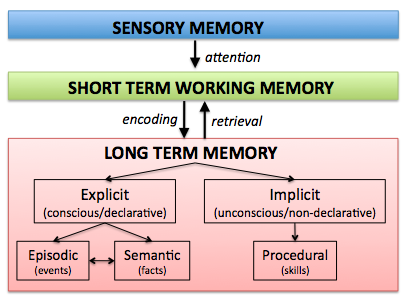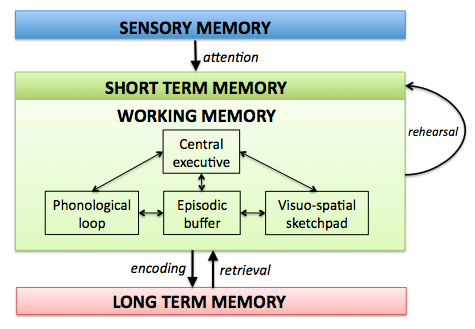Course Organisation
- Please all sign up for tutorials via LEARN. We use tutorials to check attendance, which is particularly important for students on Tier 4 visas.
- If you miss Questions and Comments, you can’t make up for them. They are a very small part of the final grade, though.
- The Assignment for the Usability Study will be released tomorrow.
- Questions about my MSc projects? I have two information sessions on Friday, February 1, 2-3 and 3-4, Room 4.31/4.33 Informatics Forum, or you can ask me after the lecture. You must complete the Google Form for me to rate you suitable.
Starter
Compare the landing pages of four big search engines:
What are the main differences?
Themes from Questions and Comments
Which Technique to Use When?
As with all research, this depends on
- how much time you have to design and run a study
- what access you have to end users
- what equipment you have
- what you want to find out
Whether a study in the lab is valid depends on how much findings will be affected by context. For example, if you want to use eye tracking to find out what draws attention, and what users read first, you can do that in the lab.
More on A/B testing
A/B testing is useful if you have an alternative (B) to your existing design (A) that you wish to test, if you have a substantial user base already, so that you can get enough data, and if you have put enough work into B to be able to deploy it. It is for solutions that are either easy to implement, or that have been pre-tested sufficiently. Lab studies are useful for pre-testing.
Field experiments are often neglected, because they are difficult to do, but these can tell you the most about how your system is actually used in practice. Methods from ethnography are useful here.
Heuristic Evaluation – What and Why?
You use guidelines and design patterns to create your technology, and you can use heuristic evaluation to check what you have created. Here are some more practical examples of the classic Nielsen guidelines: 10 usability heuristics with examples.
Heuristics also need to be weighed against each other – there is a good reason why Naver is less minimalist than Google!
Face Validity
Many questionnaires don’t measure what they are intended to measure or what they appear to measure. Face validity is all about appearance. Does it look like a questionnaire is measuring usability (face validity), or does it actually measure usability (construct validity)? We care about construct validity. I often recommend the System Usability Scale to my students for measuring user satisfaction – this link to the paper should work. Although the SUS was designed to be quick and dirty, it has turned out to have good reliability and good construct validity, and it has been used over so many studies that values are now well calibrated.

